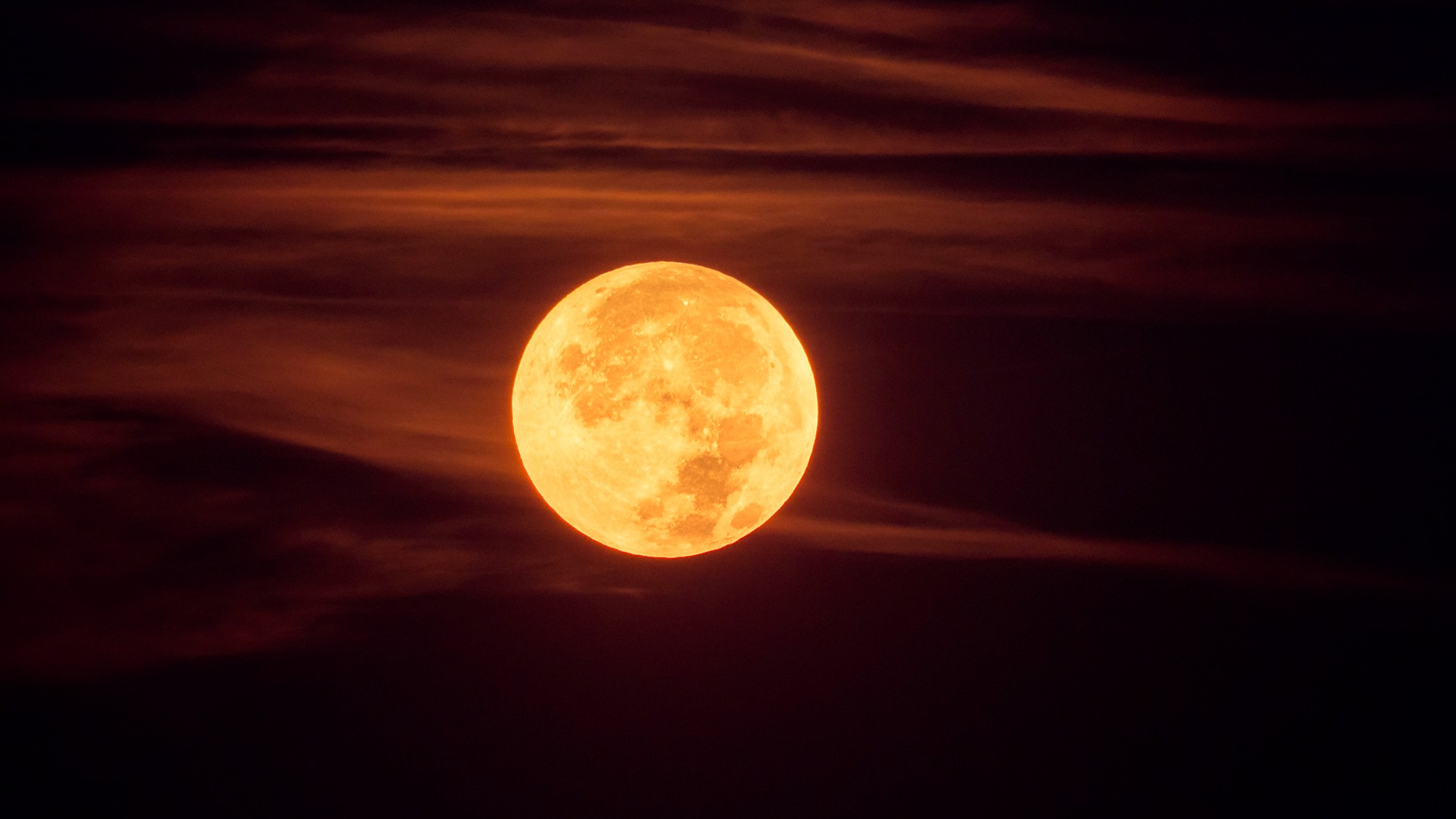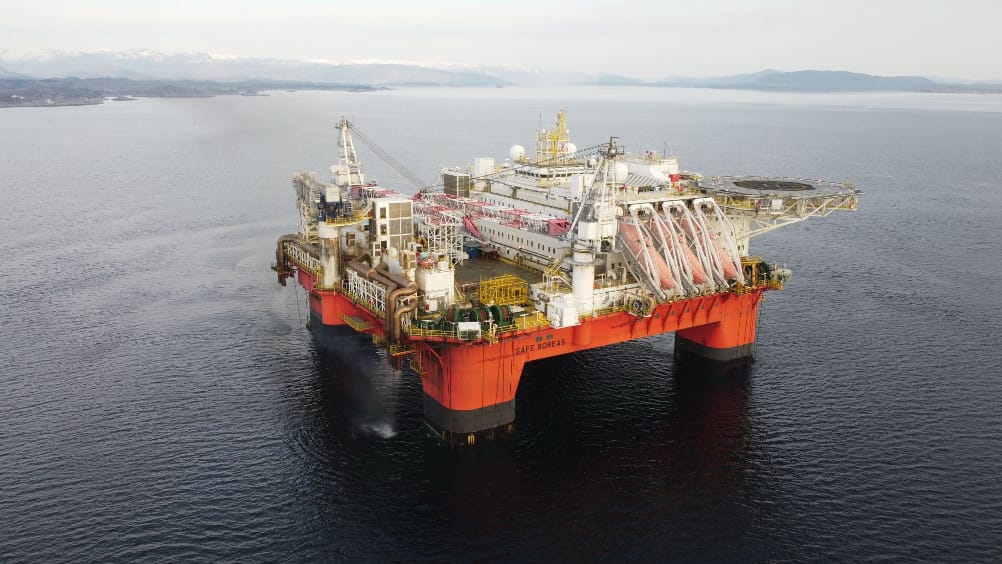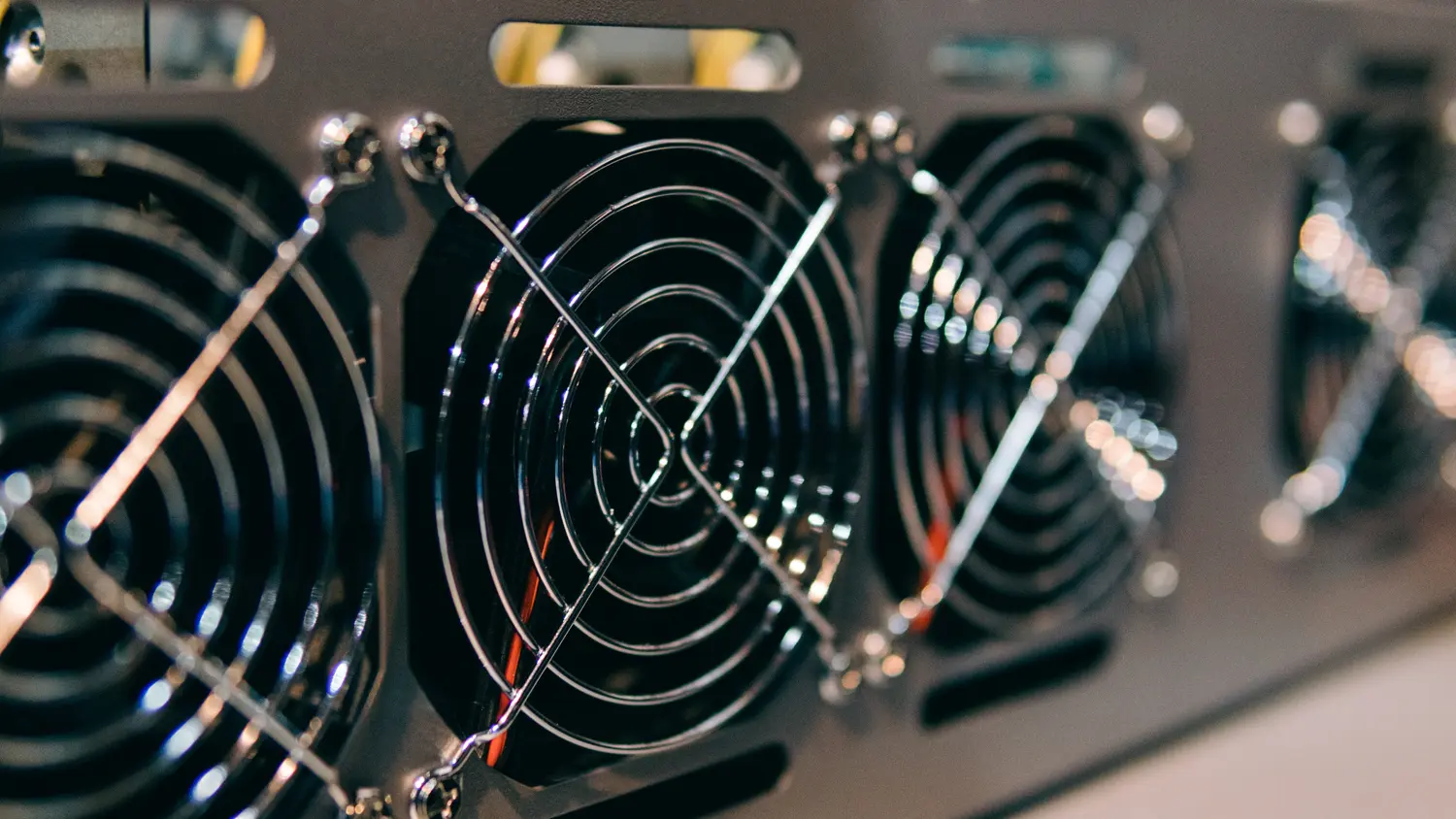By Devika Rao
Copyright theweek

SUBSCRIBE & SAVE
Less than $3 per week
View Profile
The Explainer
Talking Points
The Week Recommends
Newsletters
From the Magazine
The Week Junior
Food & Drink
Personal Finance
All Categories
Newsletter sign up
under the radar
The moon is rusting
The Earth is likely to blame
Newsletter sign up
Earth wind may have provided the necessary oxygen for rust to form on the moon
(Image credit: Jose A. Bernat Bacete / Getty Images)
Devika Rao, The Week US
29 September 2025
Like pipes, statues and nails, the moon can rust. Such rusting has occurred despite a seeming lack of necessary components — but all signs of blame point to the Earth. A new study posits that the relevant rust-forming particles are coming from the Earth’s atmosphere during a short period in the lunar cycle.
Building rust
Hematite, also known as rust, was first found on the moon in 2020 during India’s Chandrayaan-1 mission. The discovery puzzled scientists because rust is formed through the process of oxidation, which, like the name suggests, requires oxygen as well as water. But there is no oxygen on the moon and water is extremely limited. “It’s very puzzling,” Shuai Li, a researcher at the University of Hawaii, said to NASA in 2020. “The moon is a terrible environment for hematite to form in.” Now, new research shows the culprit may be the Earth. “Hematite can form when oxygen ions in Earth’s magnetosphere (Earth wind) are implanted into iron-bearing materials” on the moon, said a study published in the journal Geophysical Research Letters.
The Earth and the moon are usually “bathed in a stream of charged particles emanating from the sun,” said Nature. But for approximately five days out of the month-long lunar cycle, “Earth passes between the sun and the moon, blocking most of the flood of solar particles.” When this happens, the “moon is exposed mainly to particles that had been part of Earth’s atmosphere before blowing into space.” This is called Earth wind.
Escape your echo chamber. Get the facts behind the news, plus analysis from multiple perspectives.
SUBSCRIBE & SAVE
Sign up for The Week’s Free Newsletters
From our morning news briefing to a weekly Good News Newsletter, get the best of The Week delivered directly to your inbox.
From our morning news briefing to a weekly Good News Newsletter, get the best of The Week delivered directly to your inbox.
The Earth wind contains ions of nitrogen, hydrogen and oxygen from the planet’s atmosphere. These charged particles can “then embed themselves in the lunar soil and cause the chemical reactions required to create rust,” said The Independent. This still raises the question of where the water required for oxidation comes from. Water on the moon only really exists as ice at the poles, but researchers have come to believe that “hematite may have formed in those polar regions and later spread across the surface by some unknown process,” said Firstpost.
Varying reactions
The presence of rust on the moon is also intriguing because, while oxygen ions are needed to form hematite, hydrogen ions can undo the rust. Earth wind contains both kinds of ions. To test the effect of the hydrogen ions, researchers “irradiated hematite with both high-energy hydrogen, mimicking hydrogen found in Earth wind, and low-energy hydrogen ions, like those from the sun,” said Phys.org. They found that the “high-energy hydrogen ions are capable of reducing hematite back to metallic iron, while low-energy hydrogen ions are largely ineffective.” So, the amount of rust retained on the moon “depends on both the energy and the relative flux ratio of oxygen and hydrogen ions from Earth wind.”
These findings “provide valuable insights into the widespread distribution of lunar hematite and indicate a long-term material exchange between Earth and the moon,” said the study. While the evidence shows strong support for Earth wind as the cause of lunar rusting, lab conditions may not always fully emulate the environment of the moon. As a result, more research, preferably done on the moon itself, is needed to test the processes.
Sign up for Today’s Best Articles in your inbox
A free daily email with the biggest news stories of the day – and the best features from TheWeek.com
Contact me with news and offers from other Future brandsReceive email from us on behalf of our trusted partners or sponsorsBy submitting your information you agree to the Terms & Conditions and Privacy Policy and are aged 16 or over.
Devika Rao, The Week US
Social Links Navigation
Devika Rao has worked as a staff writer at The Week since 2022, covering science, the environment, climate and business. She previously worked as a policy associate for a nonprofit organization advocating for environmental action from a business perspective.
Sudoku medium: September 29, 2025
The Week’s daily medium sudoku puzzle
Crossword: September 29, 2025
The Week’s daily crossword
Codeword: September 29, 2025
The Week’s daily codeword puzzle
You might also like
Panspermia: the theory that life was sent to Earth by aliens
Under The Radar
New findings have resurfaced an old, controversial idea
Africa could become the next frontier for space programs
The Explainer
China and the US are both working on space applications for Africa
NASA reveals ‘clearest sign of life’ on Mars yet
The evidence came in the form of a rock sample collected on the planet
Canyons under the Antarctic have deep impacts
Under the radar
Submarine canyons could be affecting the climate more than previously thought
Atoms into gold: alchemy’s modern resurgence
Under the radar
The practice of alchemy has been attempted for thousands of years
Hurricanes are not exclusive to Earth. They can happen in space.
Under the radar
These storms may cause navigational problems
Why does the US want to put nuclear reactors on the moon?
Today’s Big Question
The plans come as NASA is facing significant budget cuts
Scientists discover cause of massive sea star die-off
A bacteria related to cholera has been found responsible for the deaths of more than 5 billion sea stars
View More ▸
Contact Future’s experts
Terms and Conditions
Privacy Policy
Cookie Policy
Advertise With Us
The Week is part of Future US Inc, an international media group and leading digital publisher. Visit our corporate site.
Future US, Inc. Full 7th Floor, 130 West 42nd Street



